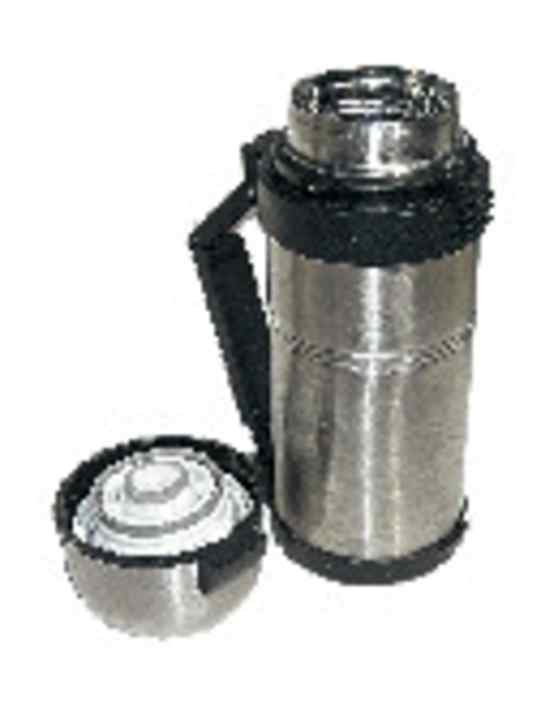
The boat is hungry at anchor, the crew for cans from the cooler. Skipper's gaze hangs anxiously on the voltmeter of the supply battery: will there still be enough juice for the night trip when the newly stocked ice box has cooled everything down?
Either as a supplement to the existing cooling system or for purists: the following tips work completely without electricity. Especially on smaller boats, there would be no room for powerful battery banks anyway. So special tricks are needed in hot weather if you don't want the butter to float away.
In a small series of experiments, the various tricks were tested with a liquid at exactly 30 degrees Celsius; half a litre was to be cooled at a time. 450 grams of ice cubes lowered the temperature in the bottle to 1.4 degrees within two hours, and after 24 hours it had returned to air temperature. 350 grams of ice with 100 grams of salt cooled faster: to 0.6 degrees in one hour - but it also warmed up again more quickly. Ordinary cool packs cooled down to 15 degrees, after 15 hours they were on a par with the first two methods: practicable. As predicted, the 440-gram Easy2Cool cooling pads reached the lowest temperature of 8.3 degrees after seven hours and maintained it for a long time, returning to 19.3 degrees after 24 hours.
Whether towel, sock or clay pot: all evaporators had the greatest cooling difficulties; after 24 hours, one to two degrees below air temperature were registered.
Cool boxes I
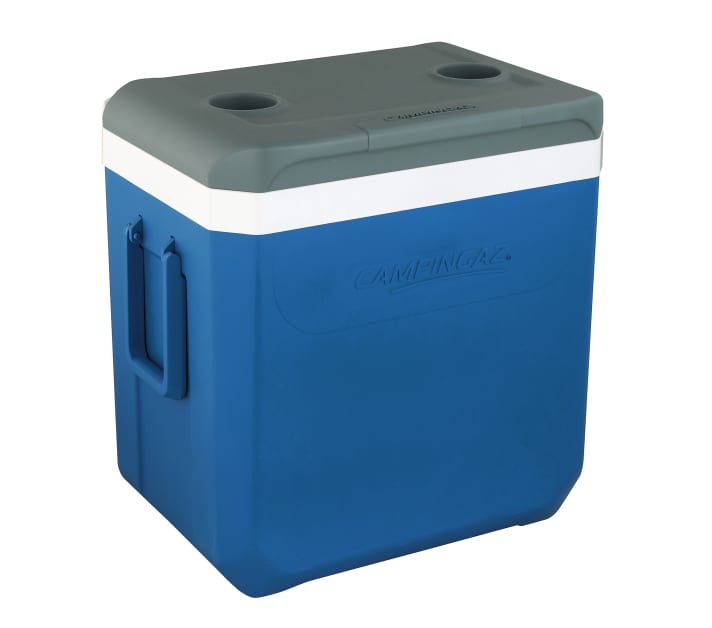
Cool boxes II

Cool boxes III

Cooling pads

Cooling elements
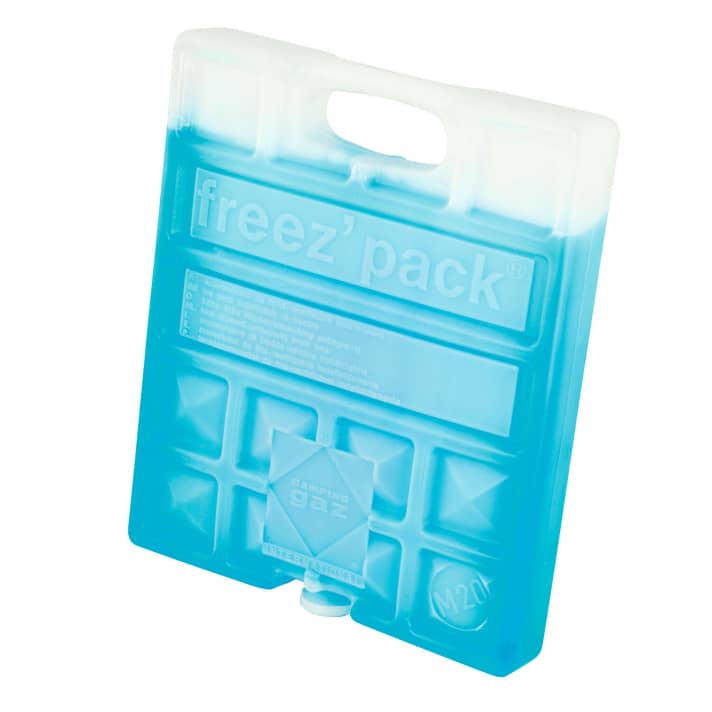
Shivering bottle
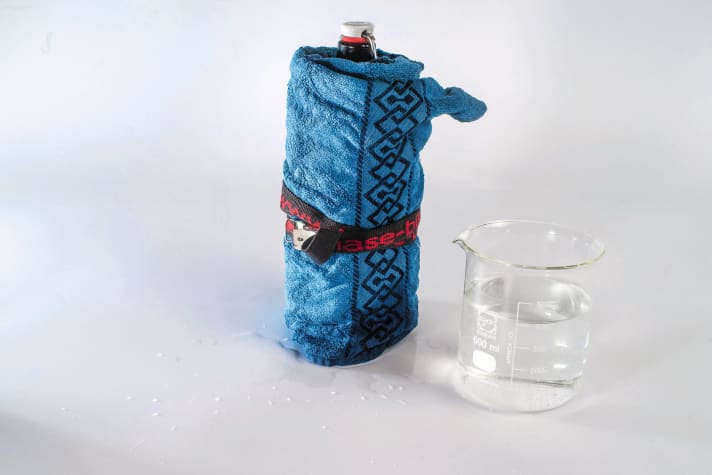
Clay pot

Ice and salt

Keelhauling
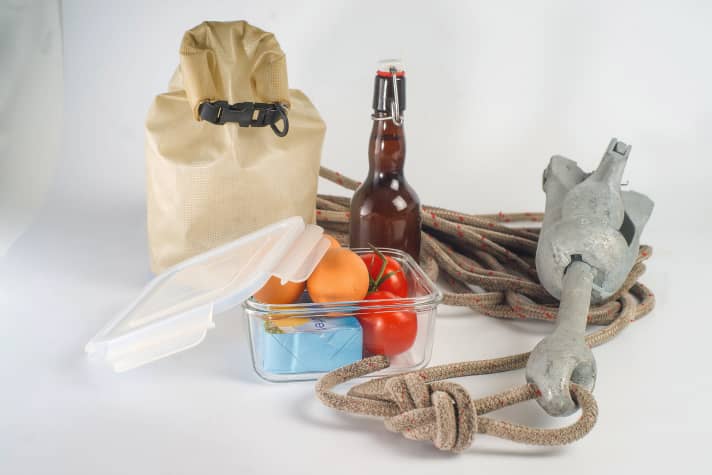
Frost barrel

Thermos flask
